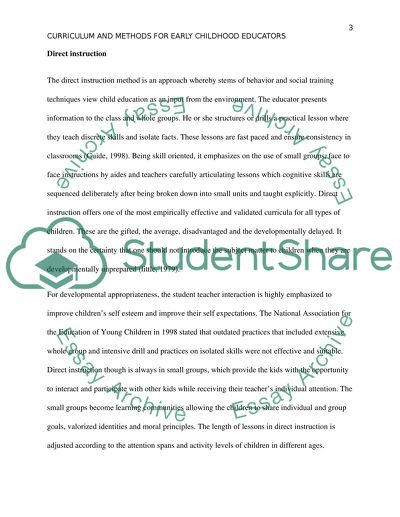Cite this document
(“Curriculum and Methods for Early Childhood Educators Essay”, n.d.)
Retrieved from https://studentshare.org/education/1478948-curriculum-and-methods-for-early-childhood
Retrieved from https://studentshare.org/education/1478948-curriculum-and-methods-for-early-childhood
(Curriculum and Methods for Early Childhood Educators Essay)
https://studentshare.org/education/1478948-curriculum-and-methods-for-early-childhood.
https://studentshare.org/education/1478948-curriculum-and-methods-for-early-childhood.
“Curriculum and Methods for Early Childhood Educators Essay”, n.d. https://studentshare.org/education/1478948-curriculum-and-methods-for-early-childhood.


